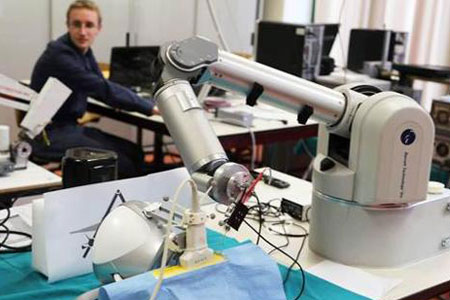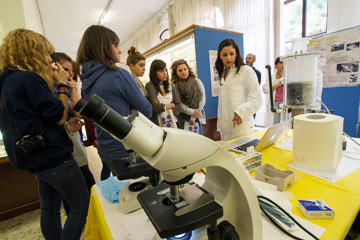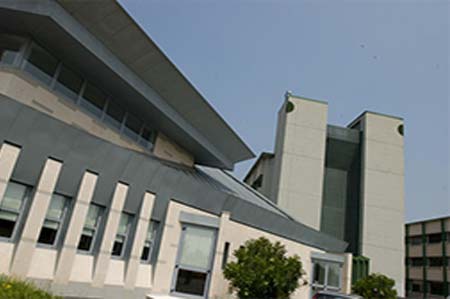Speaker:
Fabio Babiloni
- Sapienza - Università di Roma
Wednesday, February 10, 2016
at
10:00 AM
9:45 rinfresco, 10:00 inizio seminario
Are the cognitive neuroscience ready to be used in advanced industrial contexts? In this presentation it will be depicted a possible path for the use of advanced findings in cognitive neuroscience by using the electroencephalogram not only in the medical environment (e.g. to improve the limb’s rehabilitation path for patients affected by stroke). In particular, applications of advanced EEG signal processing technique will be illustrated in the aerospace-aeronautic environment, through the on-line monitoring of the mental workload of pilots, air traffic controllers and other category of professional drivers during their actual operations.
In this talk different applications of the brain computer interfaces (BCI) technology will be first presented. All the applications will be obtained by using the computerized analysis of the electrical activity of the human brain, gathered by a net of electrodes placed on the scalp surface (electroencephalogram, EEG). It will be described how by using the voluntary modulation of EEG activity normal subjects could control external devices such as a cursor on the screen, a mobile robot as well as a wheelchair. However, BCI applications could be extended beyond the use in the clinical context, and application in the area of the on-line detection of the mental workload will be presented.
It will be showed different applications of the collection of brain activity in working contexts related to the airplanes pilots. It will be described as it is possible to detect the brain activity related to the insurgence of mental workload. It will be speculated that such detection could be employed in a short future to generate devices able to warn the operators about their perceived workload. Example of such detection of mental workload will be presented in three different conditions: on civil airline pilots, on military pilots and on car drivers.
The possibility to detect in a reliable way the cerebral activity during “real-life” conditions and the possibility to detect brain activity with dry electrodes will be also discussed. Quoting the scientist Martha Farah, the issue is not “if” but “when” the neuroscience will shape our future.
- Place
-
Ca' Vignal - Piramide,
Floor 0,
Hall Verde
- Programme Director
-
Gloria
Menegaz
-
External reference
-
- Publication date
-
January 11, 2016







